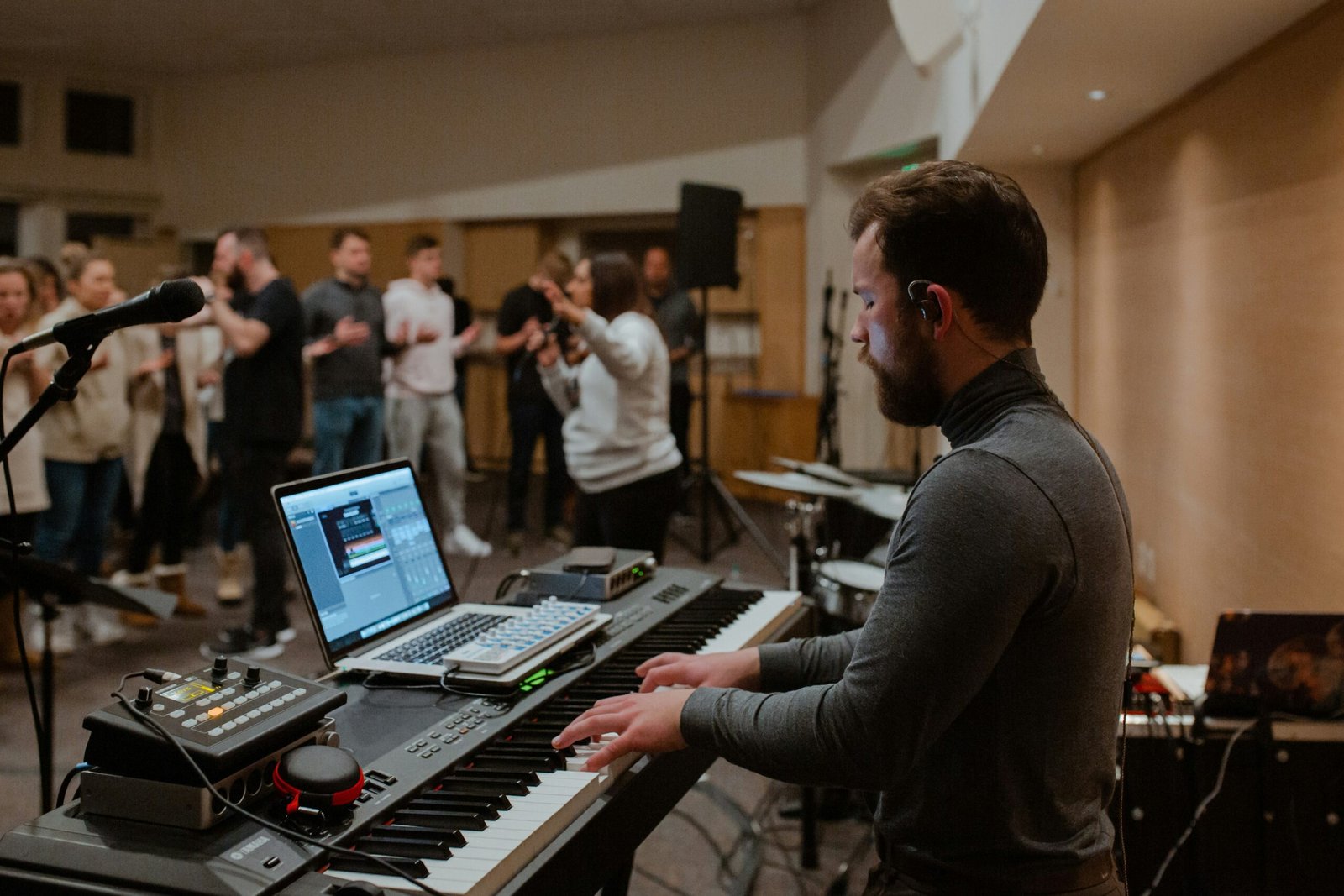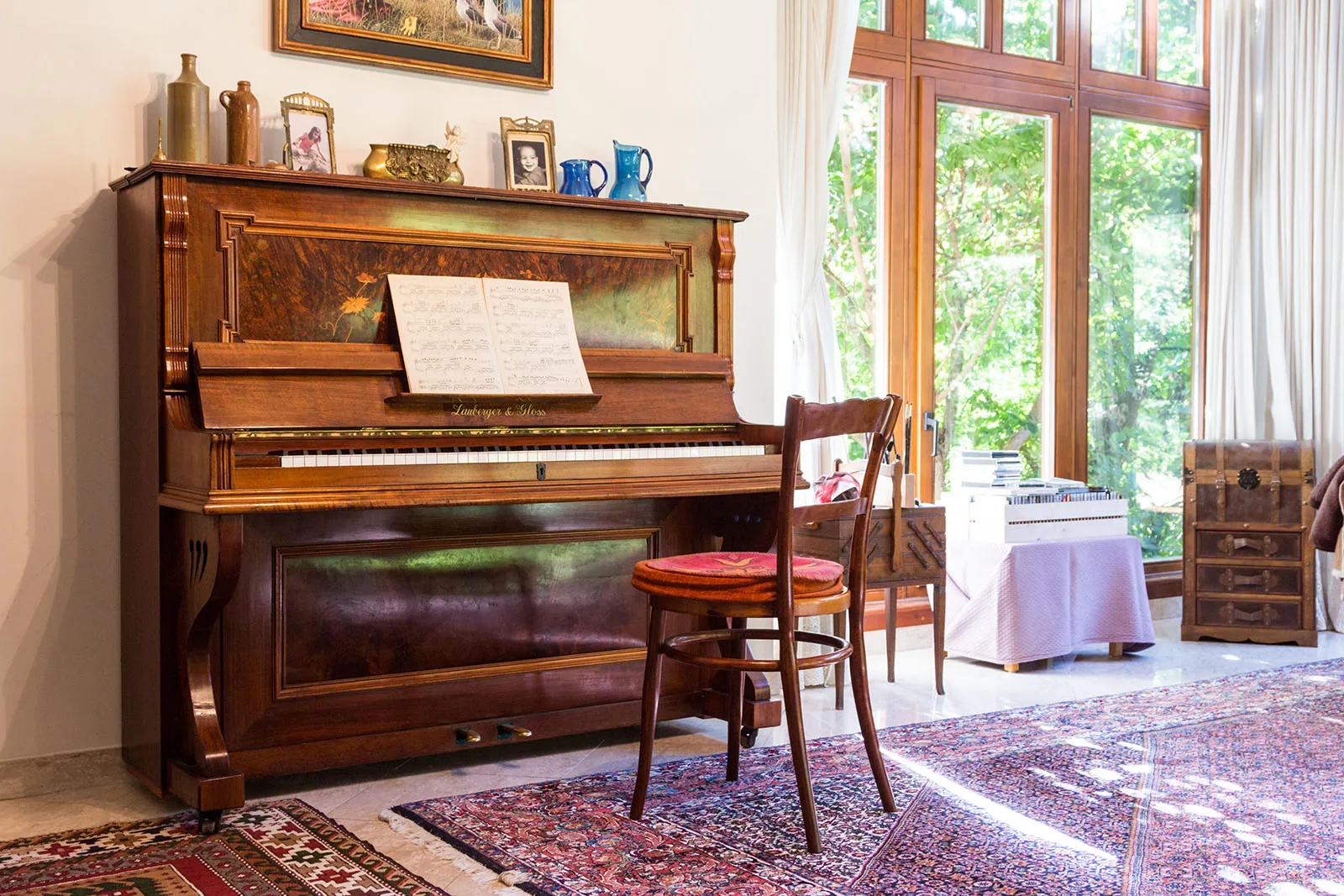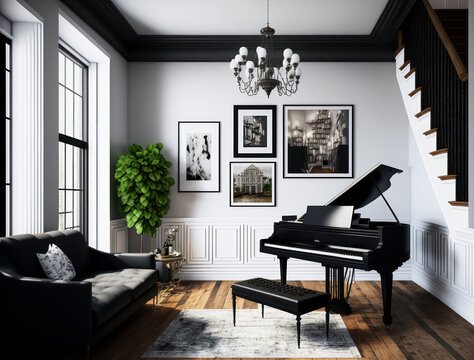Digital pianos are versatile instruments equipped with modern features to enhance your playing experience. Whether you’re a beginner or an advanced musician, understanding how to set up and use these features can help you maximize their potential. This guide will walk you through the process.
Step 1: Unboxing and Assembling Your Digital Piano
- Unbox Carefully:
- Remove all components, including the piano, stand, pedals, and accessories.
- Check the manual to ensure all parts are included.
- Assemble the Stand:
- Follow the instructions provided with the stand.
- Secure all screws tightly for stability.
- Connect the Pedals:
- If your piano includes a pedal unit, attach it to the stand and connect the cable to the designated input on the piano.
- Position Your Piano:
- Place the piano on a flat surface, ideally near a power outlet.
- Adjust the height for comfortable playing.
Step 2: Powering Up and Initial Setup
- Plug It In:
- Connect the power adapter to the piano and plug it into a wall socket.
- Avoid using extension cords to minimize power fluctuations.
- Turn It On:
- Use the power button, typically located on the side or back of the piano.
- Adjust the Settings:
- Use the volume knob to set a comfortable sound level.
- Explore basic settings like tuning, touch sensitivity, and metronome.
Step 3: Exploring Key Features
Digital pianos come with a range of features to enhance learning and performance. Here’s how to use the most common ones:
1. Voices and Tones
- Access different instrument sounds like grand piano, strings, or organ.
- Use the voice selection buttons or menu to switch tones.
- Experiment with layering two voices (e.g., piano and strings) for richer sound.
2. Recording and Playback
- Use the built-in recorder to capture your performance.
- Navigate to the recording feature through the menu or dedicated buttons.
- Save and replay your recordings to assess your progress.
3. Metronome
- Activate the metronome to practice rhythm.
- Adjust the tempo and time signature to match your piece.
4. Connectivity
- MIDI and USB: Connect the piano to a computer or tablet for composing and using learning apps.
- Audio Output: Use headphones or external speakers for private or amplified sound.
- Bluetooth: If supported, pair your piano with devices for wireless playback and control.
5. Effects
- Add reverb or chorus to enrich your sound.
- Use the effects menu to customize the intensity.
6. Split and Dual Modes
- Split Mode: Divide the keyboard into two sections with different sounds (e.g., bass on the left and piano on the right).
- Dual Mode: Layer two sounds across the entire keyboard.
Step 4: Maintenance Tips
- Keep It Clean:
- Use a soft, dry cloth to wipe the keys and surfaces regularly.
- Avoid using abrasive cleaners.
- Protect from Dust:
- Cover your piano with a dust cover when not in use.
- Maintain Proper Humidity:
- Keep the piano in a room with stable humidity to prevent internal damage.
- Update Firmware:
- Check the manufacturer’s website for software updates to unlock new features and improvements.
Step 5: Maximizing Your Practice
- Follow Built-In Tutorials:
- Some digital pianos offer guided lessons. Use them to learn at your own pace.
- Leverage Apps:
- Pair your piano with apps like Simply Piano or Flowkey for interactive learning.
- Experiment with Advanced Features:
- If your piano supports advanced settings like key split or transposition, integrate them into your practice to enhance versatility.
Final Thoughts
Setting up and using a digital piano is straightforward once you understand its features. Regularly explore your piano’s capabilities to keep your practice sessions engaging and productive. For further guidance, refer to the user manual or online tutorials specific to your model.










Leave a Reply